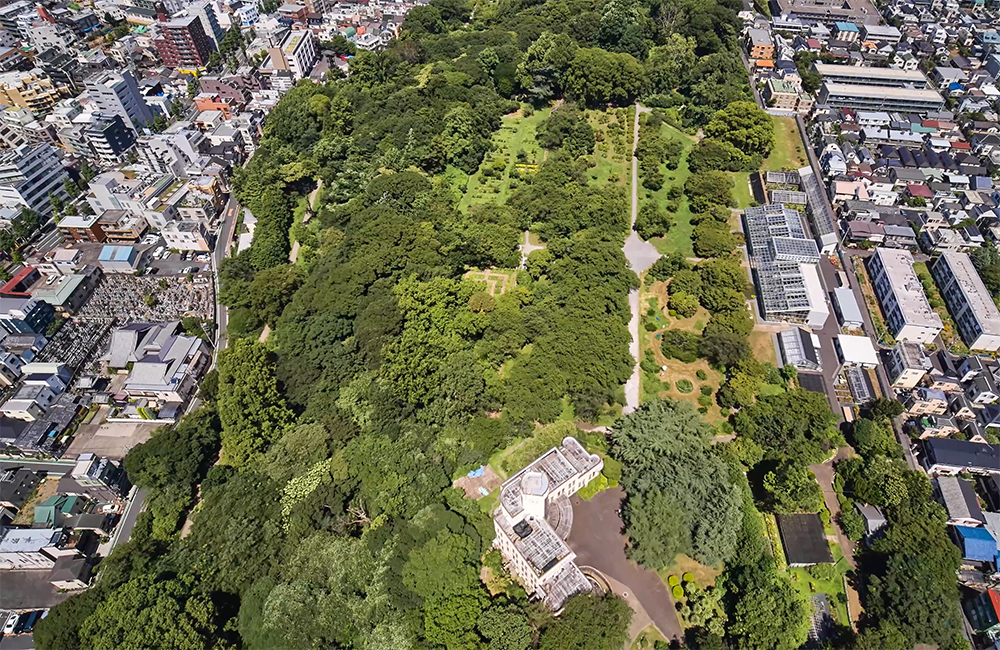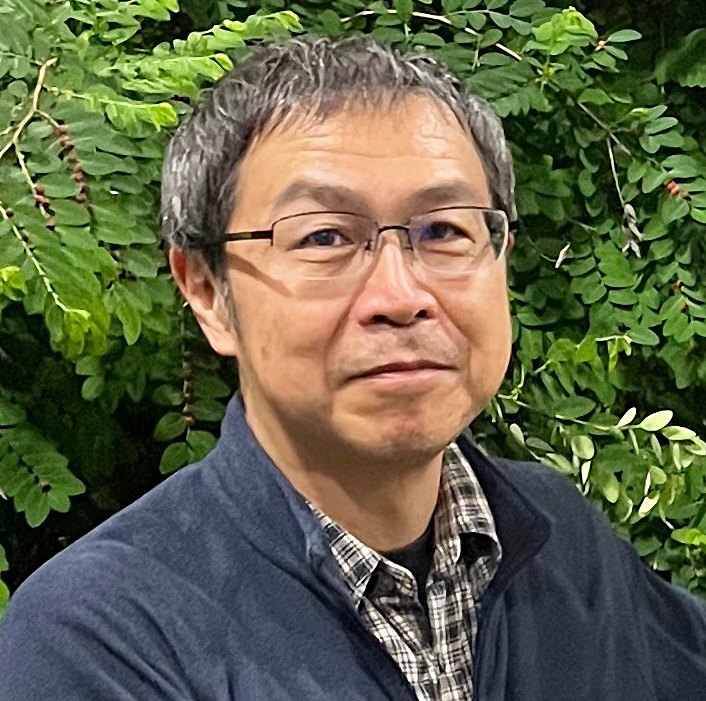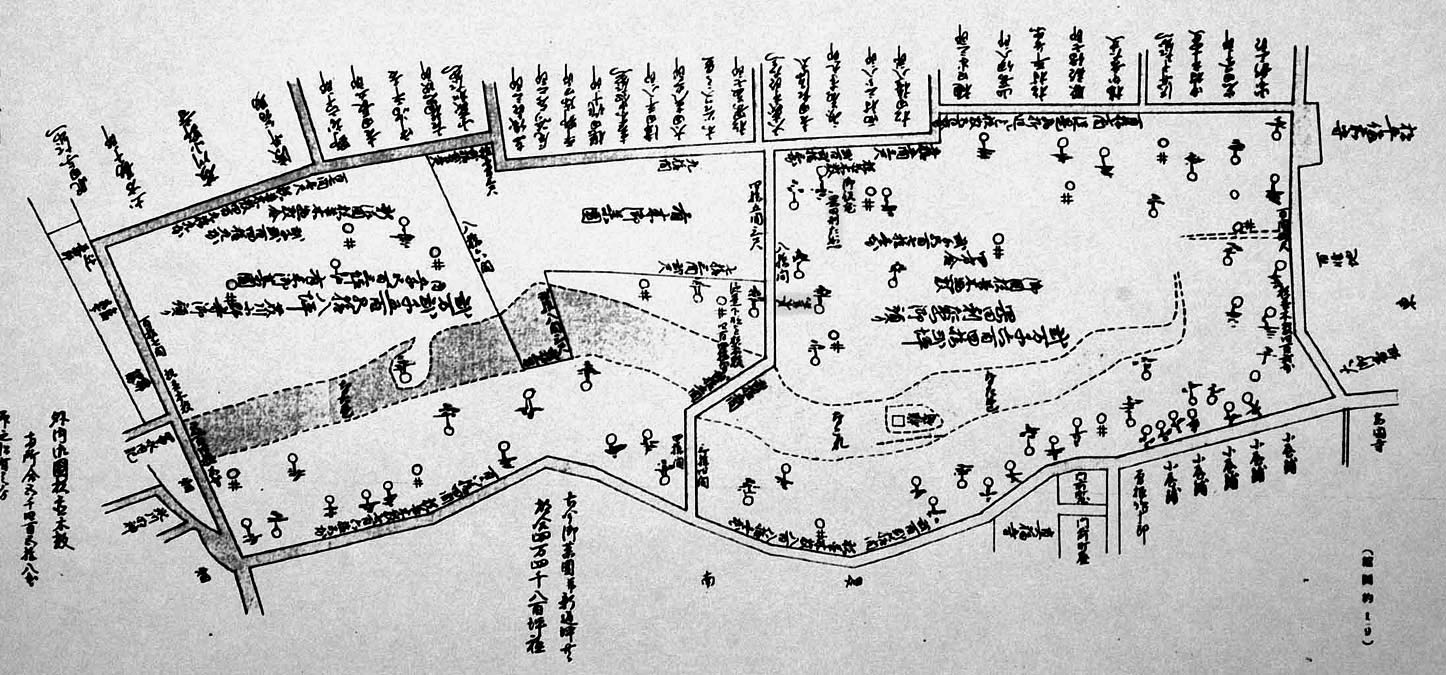About
Outline

Botanical Gardens, Graduate School of Science, The University of Tokyo, commonly known as the “Koishikawa Botanical Garden”, is a facility affiliated with the University of Tokyo for the purpose of botanical research and education. It is not only the oldest botanical garden in Japan, but also one of the oldest in the world.
The garden’s distant predecessor was the Koishikawa Oyakuen, the government’s medicinal herb garden, established by the Tokugawa Shogunate in 1684, some 340 years ago. It was transferred to The University of Tokyo in 1877, when the university was founded, and became the birthplace of modern botany in Japan. It covers an area of 161,588 m², and various plants are arranged on the terrain of plateau, slopes, lowlands and ponds. With an emphasis on plant taxonomy and natural history, the garden serves as a world center for botanical research, especially in East Asia. The main building of the Botanical Garden houses approximately 800,000 botanical specimens (the collection is managed jointly with the The University Museum, The University of Tokyo, with a total of approximately 1.9 million specimens) and 20,000 botanical books, which are used by researchers in Japan and around the world. The garden is designated as a Place of Scenic Beauty and a Historic Site, with many memorial plants and historic remains that speak of the garden’s long history.
The Botanical Gardens of the Graduate School of Science, The University of Tokyo, consists of another garden located in Nikko City, Tochigi Prefecture. It was established in 1902 and conducts research and education on cool temperate plants that are difficult to cultivate in Tokyo. The garden is also open to the public and is known as “Nikko Botanical Garden”. Please note that the Nikko Botanical Garden is open from April 1 to November 30 and is closed to the public during the winter.
Koishikawa Oyakuen
The site of the Koishikawa Botanical Garden was established in 1652 as a suburban residence of the Tatebayashi domain, known as Hakusan Goten, where the young feudal lord Matsudaira Tokumatsu lived. After Matsudaira Tokumatsu became the 5th Shogun Tsunayoshi in 1684, the shogunate's Minami Yakuen (medicinal herb garden), located in present-day Minami Azabu, was abolished and part of the Hakusan Goten area was transformed into a new yakuen named "Koishikawa Oyakuen". In 1721, the 8th Shogun Yoshimune expanded the Oyakuen to cover the entire Hakusan Goten area, which was approximately 15 hectares (map).
The Oyakuen was administered by Kinoshita Doen, who was later replaced by Akutagawa Onoji (Motokaze). With the expansion of the garden during the Kyoho period (1716–1736), the northwestern half of the garden, bordered by the monumental ginkgo tree, was administered by Akutagawa Onoji and the southeastern half by Okada Rizaemon. Each residence had its own herb-drying area, part of which still exists today. In January 1723, Yojosho (sanatorium) was established at Okada Rizaemon’s estate, and in 1735, Aoki Konyo conducted an experimental breeding of sweet potatoes.
Oyakuen declined over time, and by the end of the Edo period it had shrunk to only 1.6 hectares. However, when the Meiji Restoration brought the area under the jurisdiction of the Tokyo Prefectural Government as "The University Hospital Medicinal Herb Garden", it was restored to its original Kyoho period size.
Director’s Message

I am HirokazuTsukaya, director of the Botanical Gardens since April 2025, I had served as Director of the Botanical Gardens for two terms of four years in the past, up to four years ago. After that, Professor Kawakita took over the responsibility, and the research and education activities of the Botanical Gardens have become more and more enhanced. I intend to continue this momentum and further enhance the Botanical Gardens.
I first came into contact with the Koishikawa Botanical Garden, when I was a junior high school student. I noticed that mutant plants were often found along roadsides on my way to and from school, and I wrote a letter to the garden asking for advice because I read articles about the Koishikawa Botanical Garden in NHK's gardening magazine “Shumi-no-engei”. Fortunately, Mr. Fumio Shimozono, who was in the nursery department at the time, responded politely and we corresponded occasionally thereafter. Later, I submitted a request for the distribution of the seeds of the Lagerstroemia subcostata var. subcostata (Shima-sarusuberi) at the botanical garden for a crossbreeding experiment, which was approved, and I received the desired seeds along with an official letter of permission in the name of Professor Masaki Furutani, who was the director of the garden at that time. The seedling that sprouted from the seed has already grown into a large tree and hybridized with a early flowering mutant of L. indica successfully, which was our initial goal, and is now in bloom at the Hongo campus. The tree, which is the granddaughter of the Koishikawa tree, has also been planted on the Hongo campus. Incidentally, when I later entered the Department of Botany at the University of Tokyo as an undergraduate student and participated in the spring training at the botanical garden, Mr. Shimozono was very surprised, saying, "That student has come to the university!".
The above is a short anecdote, but even from my own personal experience, I believe that the importance and depth of the role that botanical gardens have played in the history of botany is unfathomable. Among the two botanical gardens affiliated with the Graduate School of Science of the University of Tokyo, the Koishikawa Botanical Garden is designated as a Historic Site of Scenic Beauty, not as a static legacy like a fossil, but as an existence that continues to be active as the center of botanical research activities in Japan and the world. With this as our unwavering core, we will continue to focus on the future of the Botanical Garden. At this time, the third phase of the Life in Green Project, which began in April 2023, aims to improve the aging facilities of the Botanical Garden and to strengthen the infrastructure for advanced research and education. We look forward to your continued support and cooperation.
Hirokazu Tsukaya, Director, Professor











